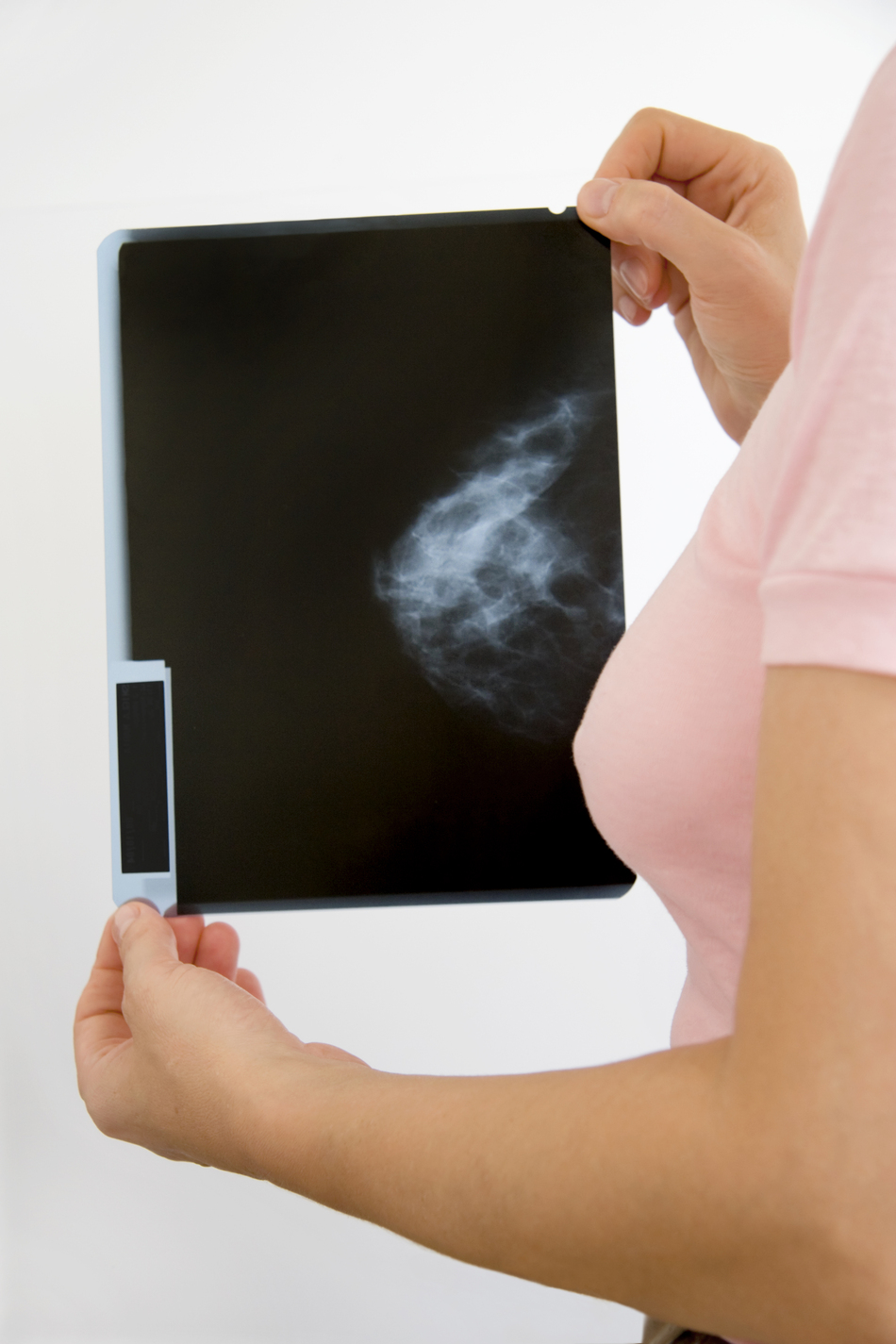
Episode Transcript
Dr. Tom Miller: You had a finding on your annual screening mammogram. What's next? We're going to talk about that on The Scope.
Hi. I'm here today with Dr. Nicole Winkler. She's an assistant professor in the department of radiology, and she's also a specialist at breast imaging. Nicole, what happens when a woman gets the information back that her mammogram was abnormal? What are the next steps? I know this is a potentially very frightening time for women.
Next Steps After an Abnormal Mammogram
Dr. Nicole Winkler: Absolutely, and we understand that. We only call back patients that we really need some additional information on. So what happens is the patient gets the call," We want you to come back." Usually, we want you to come back for some additional mammogram views, and that's because a lot of the times when we're calling you back, it's because we're compressing a three-dimensional structure of breast and creating two-dimensional images from it. So things can overlap and mimic a potential cancer. So we have you come back for additional views, just to squeeze those areas a little bit differently to see if there's truly anything there or not.
Abnormal Mammograms: Benign or Cancer?
Dr. Tom Miller: So the majority of the time, you would probably not find anything potentially harmful when they come back?
Dr. Nicole Winkler: Absolutely.
Dr. Tom Miller: So what percentage of the time would you have to go on from your next diagnostic mammogram to a biopsy?
Dr. Nicole Winkler: That is about probably 8 percent of the time.
Dr. Tom Miller: Low. Not very high.
Dr. Nicole Winkler: Very low. Very low.
Ultrasounds to Diagnose Breast Cysts
Dr. Tom Miller: So the message for women of having the finding on the mammogram is, take a deep breath. It's not likely to be cancer.
Dr. Nicole Winkler: Correct. A lot of the things that we end up seeing when a woman comes back are a cyst in the breast because we can't tell if something is a cyst on a mammogram. We actually have to look at it with an ultrasound. So if we suspect that, we might just go directly to ultrasound to look and see if that's what it is. There are a lot of benign things that occur in the breast, but sometimes we just need to get a view of it. If it's the first time you've had a mammogram, we need to look at it and then just follow it for a while to make sure that it's benign. But getting called back from a screening mammogram to a diagnosis of cancer is actually uncommon.
Breast Cancer Statistics & Biopsy Results
Dr. Tom Miller: So 8 percent of the time, you might go onto biopsy, but even when you do biopsy, it's not always cancer, right?
Dr. Nicole Winkler: Correct. We biopsy things because we think that there is a chance that there could be cancer. We're very careful because we don't want to miss a breast cancer. Things that we think are under 2 percent chance that it's not cancer; we usually don't do a biopsy. That means that things have a 5 percent chance of being cancer.
Dr. Tom Miller: Still really quite small.
Dr. Nicole Winkler: Still really low. We do a biopsy to make sure.
Dr. Tom Miller: Let me think about this. So if I did 8 percent and 3 percent, that's pretty low. That's, like, .2 percent of the time you might have cancers. Is that right? Does that sound right, or is it a little higher?
Dr. Nicole Winkler: I would say a little higher, but . . .
Screening Dense Breast Tissue
Dr. Tom Miller: Okay. Could you talk about the density of breast tissue? I think there's a higher call-back rate on women that have higher breast density. Is that true? Can we talk about that a little bit?
Dr. Nicole Winkler: That is true. That is true. Women with more heterogeneously dense breast tissue and baseline screening mammograms, those women tend to get called back a little bit more than women that have completely fatty breast tissue. That's because there's just more going on in the breast. There's more tissue in there that can obscure a potential cancer. It also reduces the sensitivity of the mammogram. So if we think, 'Well, there's some very dense tissue in there and there could be something in there,' sometimes we might call you back so we can look at that area a little bit better.
Age & Breast Density
Dr. Tom Miller: Nicole, how does that relate to age?
Dr. Nicole Winkler: Age is definitely important for breast density. The density of breast tissue decreases over time, especially after menopause, after the hormones have stopped forming. So we do definitely see women have a reduction in their breast density over time. Women that are on hormone replacement therapy, though, will continue to have dense breast tissue.
Abnormal Mammogram Follow-Up Care
Dr. Tom Miller: So it sounds like the take-home message is, if you have an abnormal mammogram, don't worry too much. It's unlikely to be cancer.
Dr. Nicole Winkler: Correct. But we don't want you to get too secure with that. We want you to come back.
Dr. Tom Miller: You've got to come back.
Dr. Nicole Winkler: You've got to come back.
Dr. Tom Miller: Do the follow-up.
Dr. Nicole Winkler: Exactly. We want to take a better look.
Dr. Tom Miller: Make sure that it's not cancer. And if it is, there's great therapy out there now, and we beat a lot of breast cancer.
Dr. Nicole Winkler: Exactly.
updated: September 15, 2021
originally published: April 8, 2014